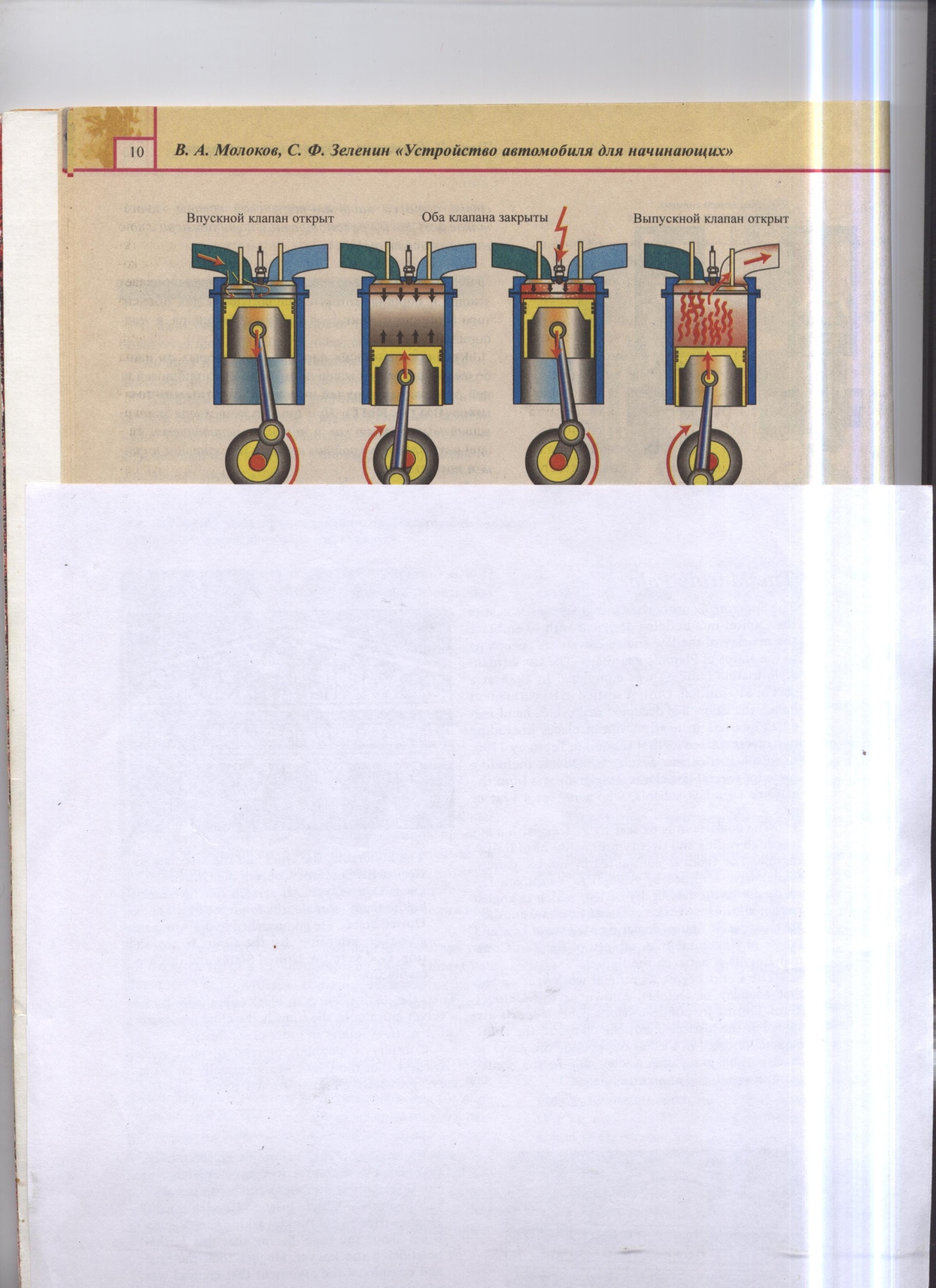
- •Expanding
- •Vocabulary
- •The gasoline engine
- •Building
- •Vocabulary
- •Information
- •The exhaust and silencer
- •Expanding
- •Vocabulary
- •The clutch
- •Building
- •Vocabulary
- •1. Disengaged engaged s a
- •Information
- •Car seat belt
- •Expanding
- •Vocabulary
- •Building
- •Vocabulary
- •Information
- •Speedometer
- •Expanding
- •Vocabulary
- •The gearbox
- •Building
- •Vocabulary
- •Information
- •Synchromesh
- •Expanding
- •Vocabulary
- •The differential
- •Building
- •Vocabulary
- •Information
- •Car tire
- •Expanding
- •Vocabulary
- •The car suspension
- •Building
- •Vocabulary
- •Information
- •Breath tester
- •Expanding
- •Vocabulary
- •The automatic transmission
- •Building
- •Vocabulary
- •Information
- •Cruise control
МИНИСТЕРСТВО СЕЛЬСКОГО ХОЗЯЙСТВА РОССИЙСКОЙ ФЕДЕРАЦИИ
Федеральное государственное образовательное учреждение
высшего профессионального образования
«Московский государственный агроинженерный университет
имени В. П. Горячкина»
Кафедра «Иностранные языки»
И. Г. Евдакова
AUTOMOBILE PARTS AND UNITS
Методические рекомендации
По дисциплине «Иностранный язык»
(английский)
Москва 2009

BEFORE
YOU
READ
1. Read the following definitions of the ENGINE. Choose the most proper one:
a) ENGINE is a machine that runs on petrol.
b) ENGINE is a part of the automobile.
c) ENGINE is a machine that converts energy into power or motion.
Expanding
Vocabulary
Crankshaft - коленвал
Cycle - цикл
Cylinder - цилиндр
Engine - двигатель
internal combustion ~ – двигатель внутреннего сгорания
Exhaust gases – отработанные газы
Fuel – топливо
Mixture - смесь
Piston - поршень
Spark plug – свеча зажигания
Stroke – такт
compression ~ - такт сжатия
exhaust ~ - такт выпуска
induction (intake) ~ - такт впуска
power ~ - рабочий такт
Valve – клапан
inlet ~ - впускной клапан
outlet ~ - выпускной клапан
READING
2. Find the types of engines in the text and fill in the table:
Kind of fuel used |
|
|
Number of strokes |
|
|
The gasoline engine
In the gasoline engine, we put heat to use by converting it into motive power. A gasoline engine is often called an internal combustion engine, but this means only that the fuel burns inside the engine. The jet engine and rocket engine are also internal combustion engines.
A gasoline engine works by burning a mixture of gasoline and air in a cylinder containing a piston. The heat produced causes the air to expand and force down the piston, which turns a crankshaft linked to the wheels.
Most cars have a four-stroke engine. A stroke is one movement of the piston, either up or down. In a four-stroke engine, the engine repeats a cycle of actions in which the piston moves four times:
I/ INDUCTION STROKE (fig. a) – the piston moves down and the inlet valve opens. The fuel and air mixture is sucked into cylinder.
II/ COMPRESSION STROKE (fig. b) – the inlet valve closes and the piston moves up. The mixture is compressed.
III/ POWER STROKE (fig. c) – the electric spark plug produces a spark and the fuel ignites, forcing the piston back down the cylinder.
IV/ EXHAUST STROKE (fig. d) – the outlet valve opens and the piston rises, pushing the exhaust gases out of the cylinder.
a) b) c) d)

Many light vehicles, such as motorcycles, have two-stroke engines. This kind of engine is simpler in construction than a four-stroke engine, but not as powerful. A two-stroke engine has no valves. Instead there are three ports in the side of the cylinder that the piston opens and closes as it moves up and down.
The diesel engine is similar to the gasoline engine, but runs on a heavier grade of fuel. The inlet valve admits only air, and the fuel is sprayed into the cylinder at the end of the compression stroke. The cylinder has no spark plug, but high compression makes the air in the cylinder so hot that the fuel ignites of its own accord as soon as it is sprayed in.
3. Match the beginning and the end of the sentences:
A two-stroke engine
A stroke
Motorcycles
The cylinder of the diesel engine
The exhaust gases
is one movement of the piston.
has no spark plugs.
has no valves.
go out when the outlet valve opens.
have two-stroke engines.
